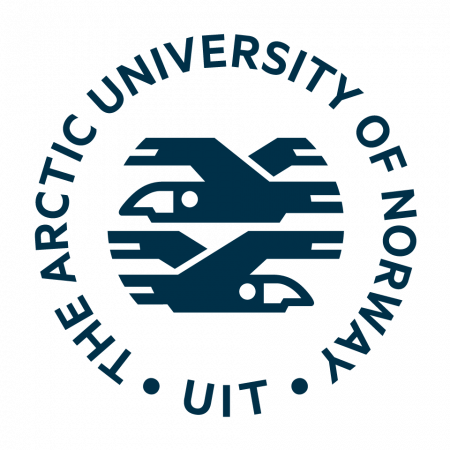Engineering Design - Master
Engineering Design is rooted in engineering science, and you will learn about product design and computational technology applied to challenges related to design, geometry, dynamics, and materials engineering.
The Engineering Design program provides students with an understanding of form development and aesthetic design, along with in-depth knowledge of the mathematical and physical principles and methods involved in the design process. Special emphasis is placed on geometry and form, product design and design processes, structural analysis, material selection, and computer-based modeling and simulation.
One of the most critical aspects of any product is its ability to withstand the stresses it is designed for. For instance, product shape and material choices must be adapted to extreme heat or cold, large loading conditions, or exposure to electrical or thermal radiation. Sometimes friction needs to be maximized - other times minimized. Flexible hinges (like those on plastic bottle caps) must endure repeated use without breaking.
In addition, products often need to meet multiple demands: lightweight, high stiffness, cost-efficiency, or soundproofing. This means that design and material choices must be optimized and sustainably selected. Arctic conditions, such as cold, ice, and snow, are also considered in the design process.
A systematic design process requires detailed analysis and calculations, following established processes and techniques that you will learn throughout the program. Advanced engineering problems can be solved using the deep understanding of mathematical and physical theories you will gain during the study in Engineering Design.
As part of the program, you will also engage in project work where you will design, calculate, model, simulate, redesign, and create prototypes.
Graduating as a Master of Science in Engineering Design, you will have a strong theoretical foundation, making you valuable in any company striving to stay ahead in technological innovation.
Core Subjects
You will learn systematic methods for selecting the right materials and designing various products and structures. The program places strong emphasis on composite materials, as well as modern and advanced materials and structural systems.
In addition, you will study applied mathematics and engineering theory, which are used to model, visualize, simulate, and perform calculations on products and structural components.
You will learn how to apply this knowledge to take a product from an idea, through a virtual model, and all the way to a physical prototype, using modern manufacturing techniques such as 3D-printing.
*The program is offered at Campus Narvik, with all lectures also available online for remote participation.
